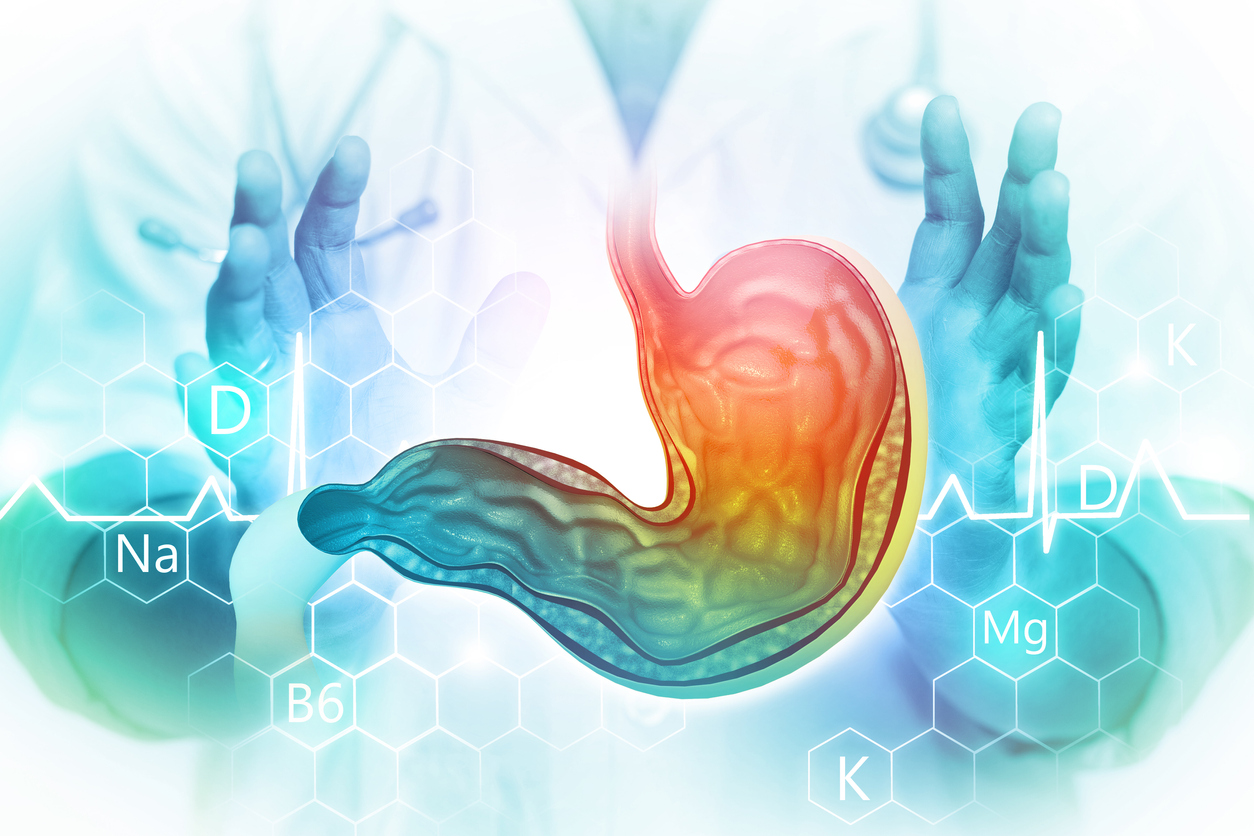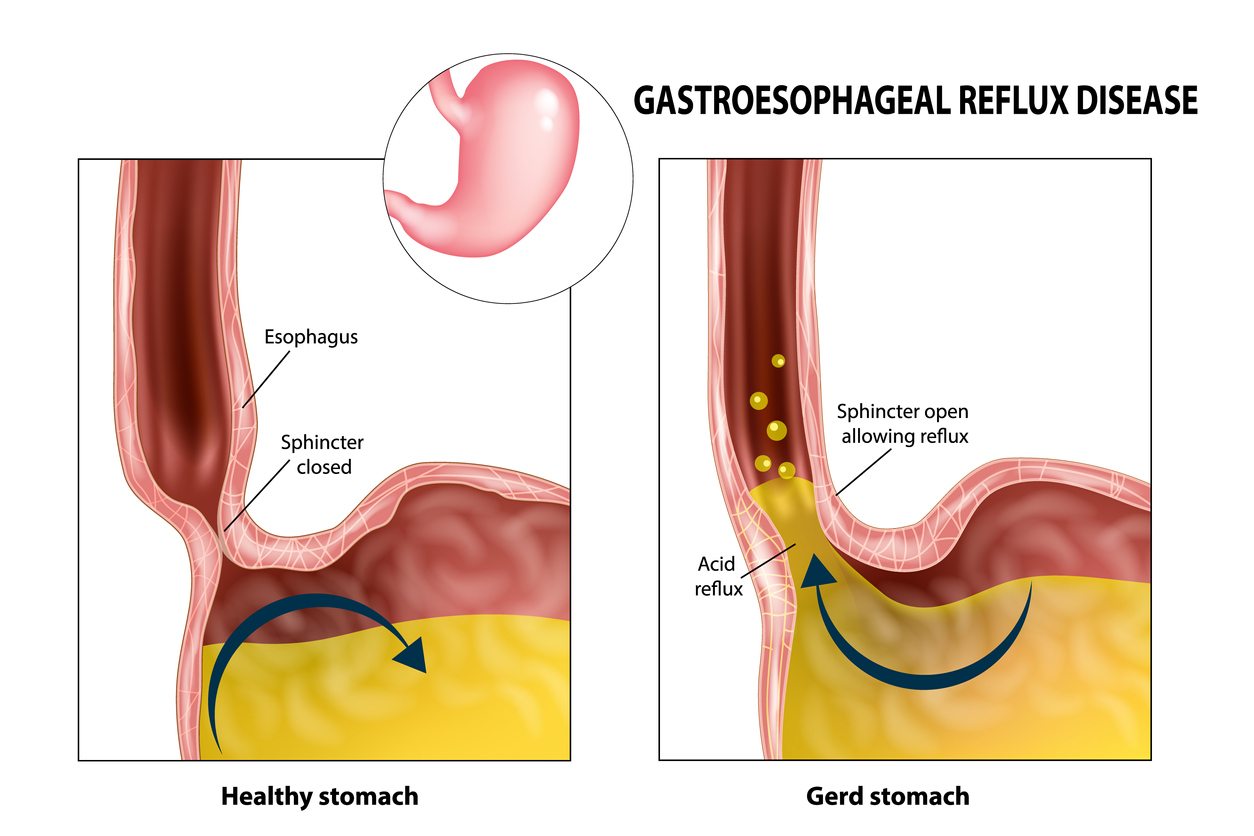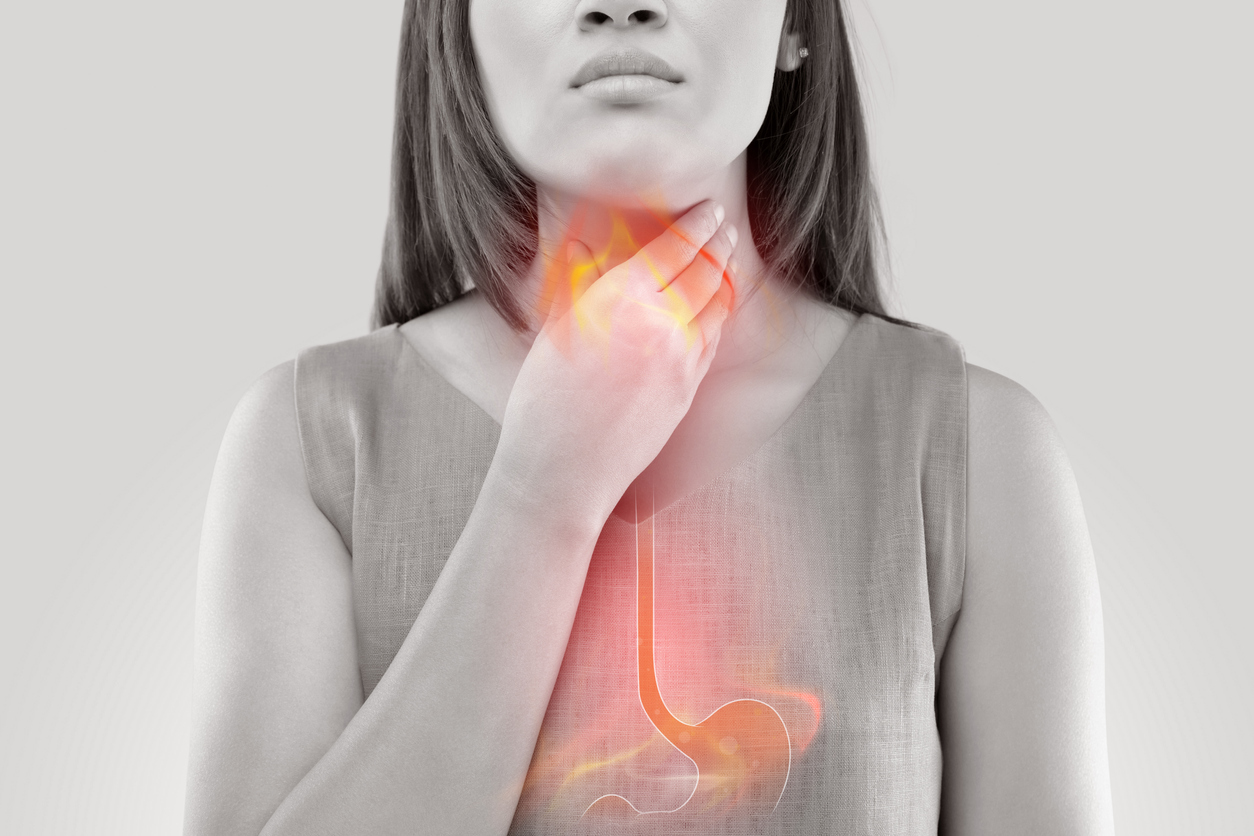Pain
Conventional Medical Treatments for Gastroesophageal Reflux Disease (GERD)

What is gastroesophageal reflux disease (GERD)?
Gastroesophageal reflux disease (GERD) is a chronic condition in which stomach acid backflows into the esophagus. The esophagus is the tube that connects the mouth and stomach. GERD is a chronic and severe form of acid reflux that occurs at least twice per week or has a duration of weeks to months with each occurrence.
Conventional treatments for GERD
There are several conventional medical treatments options for GERD. Medications are commonly prescribed as treatment. Surgical procedures may be needed in severe cases.
Medications
Medications are typically the first-line treatment for GERD. A doctor may prescribe one or more medications to control symptoms. They include the following:
- Histamine (H-2) blockers
Famotidine, nizatidine and cimetidine are examples of H-2 blockers. They diffuse symptoms of GERD for up to 12 hours by reducing acid production. These are available over the counter, but may be prescribed at a higher strength if necessary. Constipation or diarrhea are possible side effects. - Proton pump inhibitors
Examples of proton pump inhibitors include omeprazole, lansoprazole, esomeprazole, etc. A prescription dosage is a higher strength than over-the-counter and is also stronger than H-2 blockers. They work by inhibiting certain stomach cells from pumping acid into the stomach, and can help heal damage to the throat or esophagus. Possible side effects include nausea, headaches and diarrhea. Although rare, low B-12 or magnesium levels can occur. - Prokinetics
Prokinetics can help strengthen the lower esophageal sphincter and cause the contents of the stomach to empty quicker. These medications may have severe side effects; therefore, they are often only used in severe cases when other medications fail to provide relief. Metoclopramide is an example of a prokinetic.
Surgery or other procedures
If medication does not relieve symptoms or side effects are intolerable, a surgical procedure may be needed. Procedure treatments include the following:
- Fundoplication
The top of the stomach is wrapped around the lower esophageal sphincter (muscles at the lower esophagus) in order to tighten the muscles. This helps prevent acid reflux from occurring. There are two types of fundoplication: complete or partial. This procedure is usually laparoscopic, which is minimally invasive. - Implantable reflux management system
A device can be implanted during a laparoscopic surgery to prevent reflux, but still allow food to pass through the esophagus. The device is a small, flexible band of titanium beads with magnetic cores that is placed where the stomach and esophagus meet. The beads remain tight around the lower esophageal sphincter when reflux occurs; however, it is weak enough for food to pass through. It also allows for belching and vomiting. Long-term side effects are unknown at this time. - Transoral incisionless fundoplication (TIF)
This procedure is endoscopic and performed through the mouth, requiring no surgical incision. Polypropylene fasteners form a partial wrap around the lower esophageal sphincter. Recovery time for TIF is short, and the procedure is generally well-tolerated. If a large hiatal hernia is present, this procedure is only possible if combined with a laparoscopic hiatal hernia repair.
















